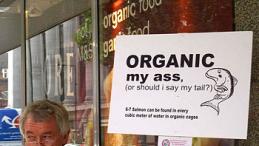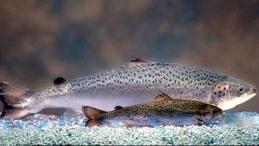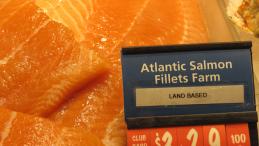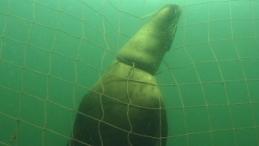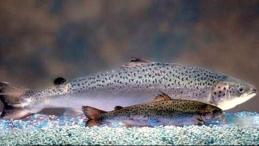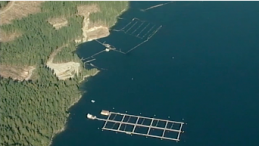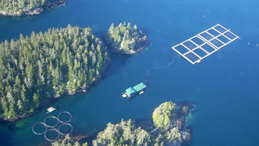DFO reverses decision on salmon farm expansion
VANCOUVER – Facing the threat of a lawsuit from environmental groups, Fisheries and Oceans Canada (DFO) has withdrawn its approval authorizing the expansion of the Doyle Island salmon farm near Port Hardy, B.C. The project, which sought to expand production at the facility by 37 percent, will now undergo an environmental assessment which will examine its impacts on wild salmon stocks and the health of the ocean.

